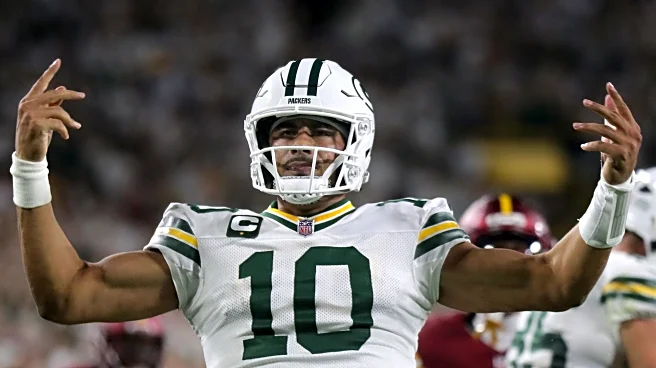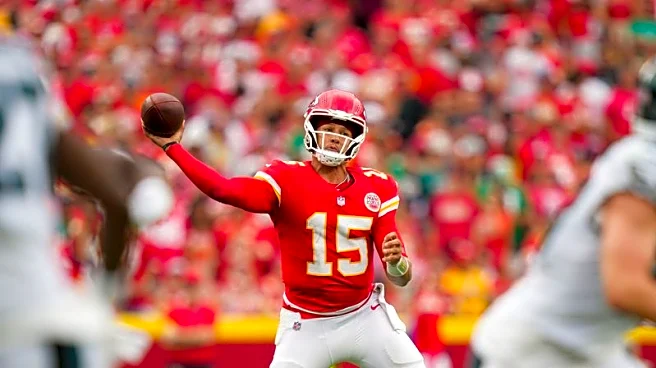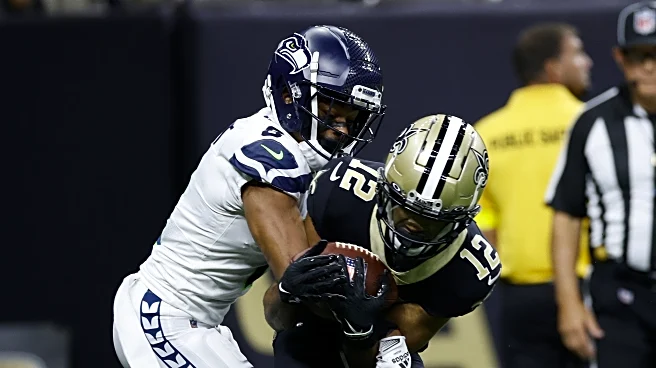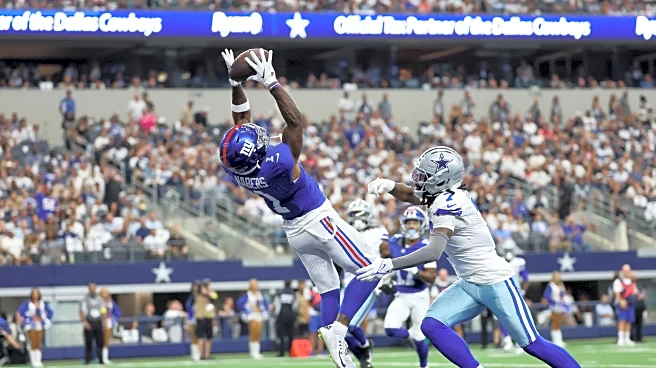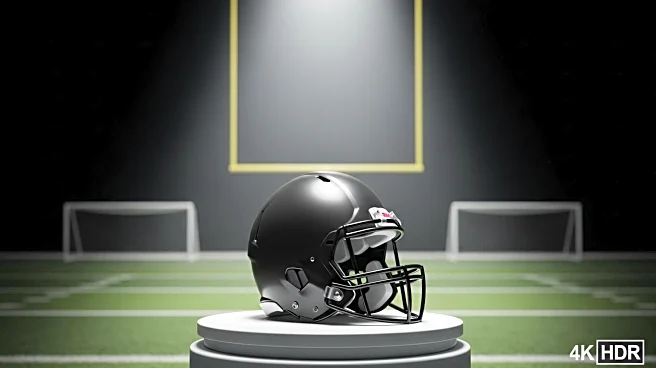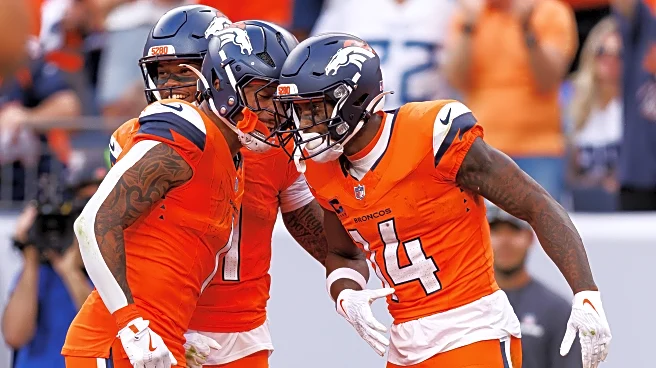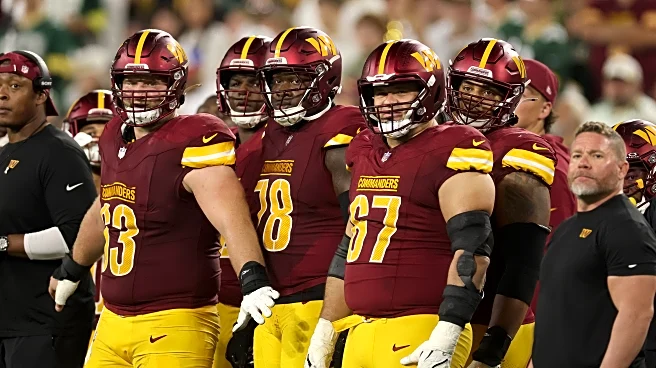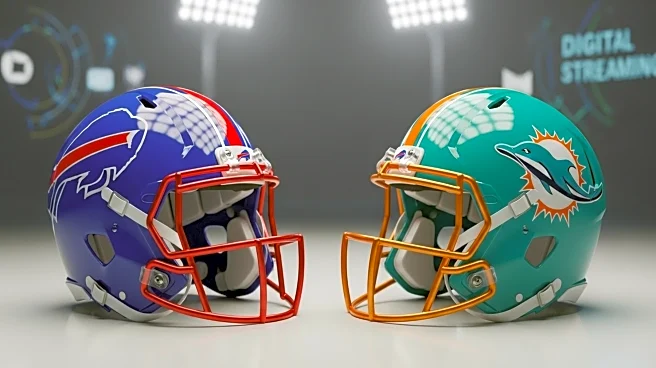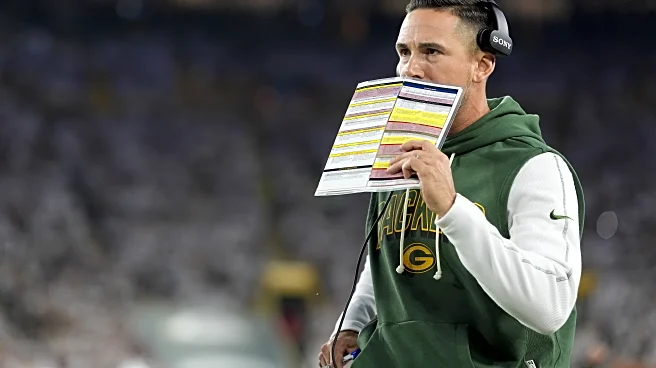Football and baseball don’t have that much in common, but one thing they do have is “rules that limit opportunity.” In baseball, it’s the limit of three outs per inning, and in football, it’s the limit of four downs per ten(plus) yards. When I first started writing, I was mostly a baseball writer, heavily influenced by Baseball Prospectus, Moneyball, and the mid-Sabermetrics era, and I’ve always viewed the offenses of both baseball and football as a tension between low-risk, high percentage plays
and high-risk, big plays. Baseball is a bit different, as for some players, walking and hitting home runs can be complementary rather than contradictory, but generally, trying to hit for more power will always result in more strikeouts.
In football, using one of your four (and really, three) downs to take a low percentage deep shot down the field can come at a significant cost of lowering your odds of converting a first down, and of late, the deep passing game has fallen out of vogue as a result. Jalen Hurts and the Eagles just won the Super Bowl, and so far this season, they average 5.6 intended air yards and 4 completed air yards per passing play, second last to mega-checkdown artist Bo Nix. Last night, Tua Tagovailoa and Josh Allen combined to average 1.5 Air Yards per completion.
Allen is supposed to be one of the most dynamic passers in the game, but like Hurts, he’s instead been one of the most conservative.
And to be fair, the short passing game has worked for many teams, as you can reliably string together a lot of short passes in a row if you’re completing 70% or more of them. I get why teams do this. The two-high safety look makes hitting plays over the top difficult and leaves the short area available. However, that said, IT’S BORING AS HELL.
Passing to your running back for five yards is boring. Throwing a safe bubble screen to your third wide receiver is boring. Throwing to players who are moving back towards their own line of scrimmage as the ball arrives is boring. And, not to put too fine a point on it, but IT’S WHAT THE DEFENSE WANTS YOU TO DO. Don’t do the thing that they’re trying to get you to do! That’s what they want you to do!
The point of the two-high shells is to make you run a lot of plays because, while you may complete 70% of them, every play brings with it the possibility of a drop, or a sack, or a stumble, or God forbid a holding penalty. In fact, I don’t think it’s unreasonable to assert that most modern defenses operate with the idea that if they can hold out long enough, they’ll get a holding penalty to bail them out. And again, this works for some teams. The Bills have yet to score under 30 this season. The Patriots won a bunch of titles checking down to tiny little white guys and did not win a title hucking it up to Randy Moss.
But there is a better way, and the Packers are the better way. Jordan Love currently leads the league with 12.5 intended air yards per attempt and 8.6 air yards per completion. The next real quarterback on the list is Lamar Jackson with 10 intended and 8.2 actual air yards per attempt. That’s a big difference! And do you know what I like about huge throws down the field more than anything else? They make opposing fans nervous. Throwing a 5-yard checkdown to Adam Thielen doesn’t scare anyone, but as soon as the ball is out for a bomb, any decent opposing fan will start worrying, repeatedly swearing as they endure having to wait for the ball to come down. It’s agonizing.
None of this makes it a smart idea per se, of course, but it’s worth noting that there is just as strong of a case to keep throwing bombs as there is to keep checking down. While you need to hit on something like 70% of your passes to make the checkdown strategy work, you only need to hit one bomb to get yourself into scoring range, and often to score. Per FTN, Jordan Love has attempted 16 deep balls this year and completed just 7 (43.8%) for 228 yards. So, while Love’s completion percentage on such throws isn’t great, he is completing well over a third of them, and each one gains an average of 33 yards. This means that if you start on your own 35 and throw three deep balls, odds are you will wind up on the opposing 32-yard line with a fresh set of downs. That’s a drastic oversimplification of course, you will wind up punting a fair amount if you ONLY take deep shots, but the value proposition is there, especially if you take those shots on, say, second and 3.
There is also an advantage to this strategy in that the entire league is now built to stop underneath throws with solid tackling. Most teams are fine with underneath completions as long as they limit the damage and keep everyone in front of them, but tackling ability is often inversely correlated with coverage ability. Defenses are built to go forward and tackle, and if you can make them have to chase, you’re going to have an advantage.
I have some quibbles with the Packers’ offense. I think they run the ball too much, and they get conservative too early when they should be going for the jugular, but I love the deep passing game. When Love catches a team in man, or with a single high safety, he almost always takes a deep shot. He takes every opportunity possible to score a touchdown, no matter where they are on the field, and it pays off. It makes safeties question their responsibilities. It helps the run by making everyone terrified of play action.
And of course, it’s fun. Last week, Matthew Golden was unfortunately on the business end of two of Jordan’s poor throws. One of those should have been a 92-yard touchdown. The Packer deep attack has been good so far. The scariest part for the league is that it could and should be better.

